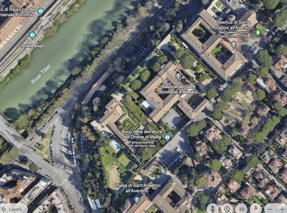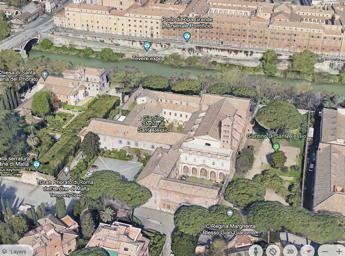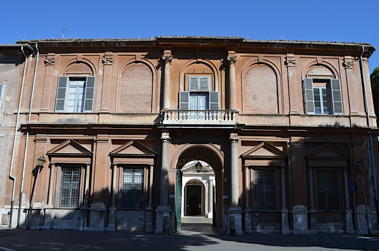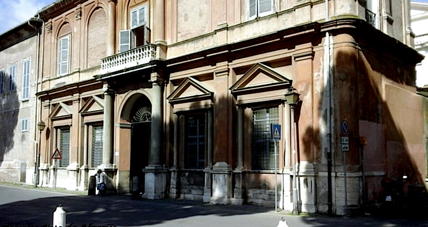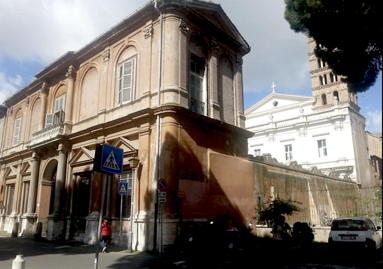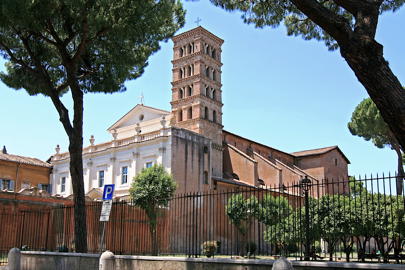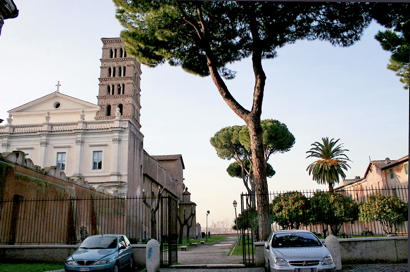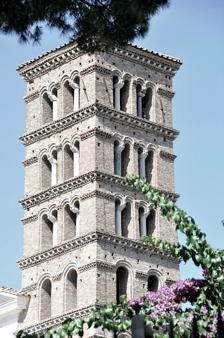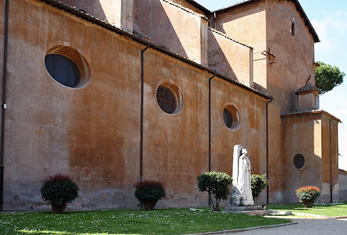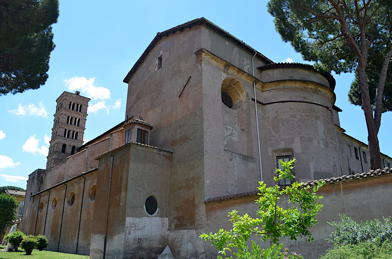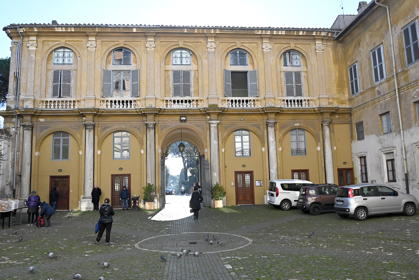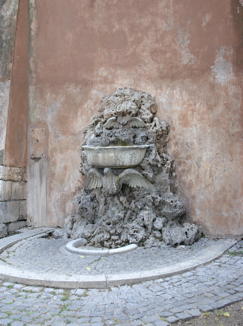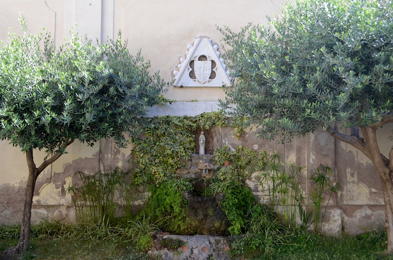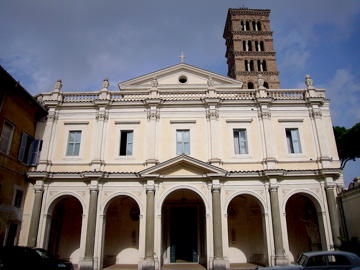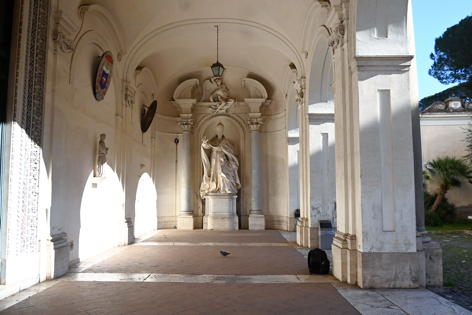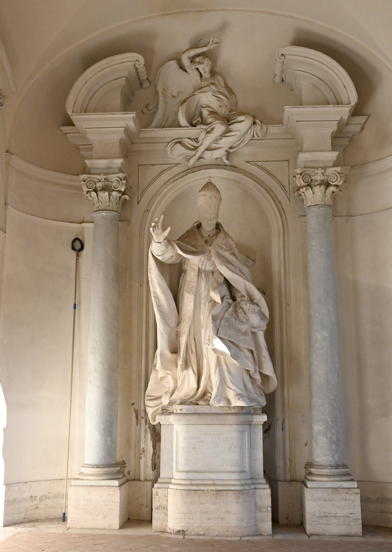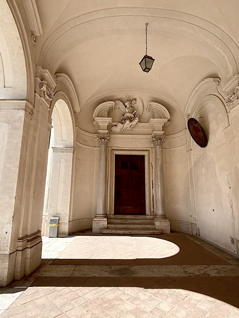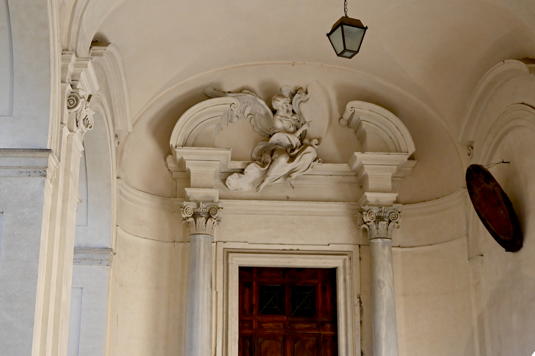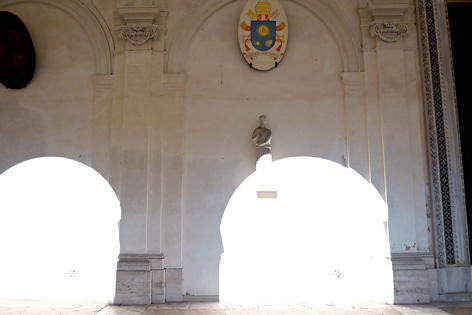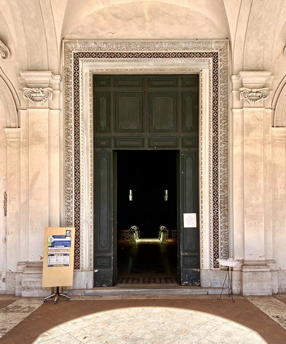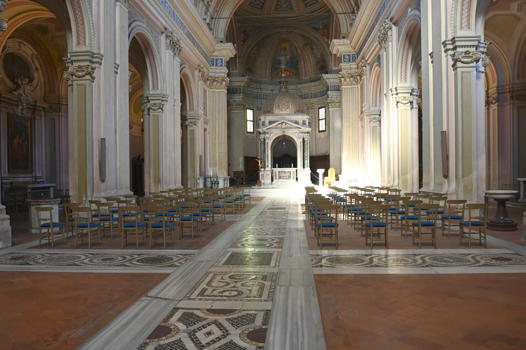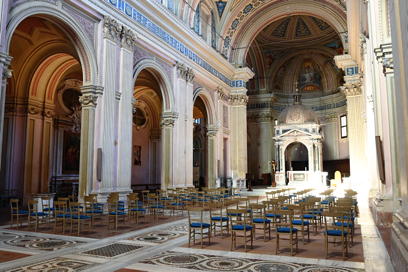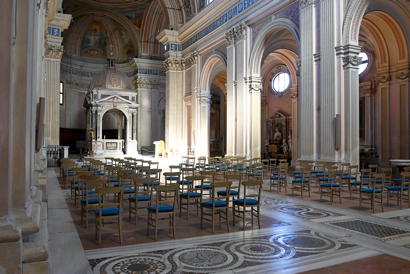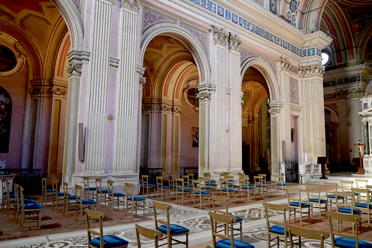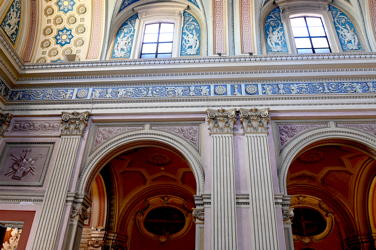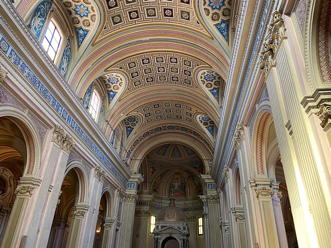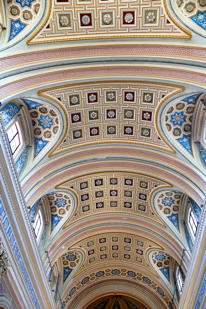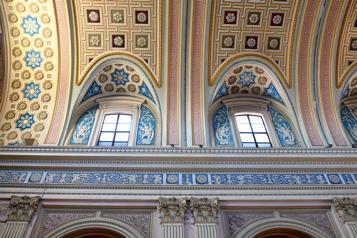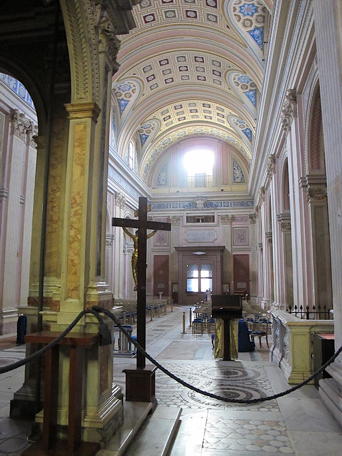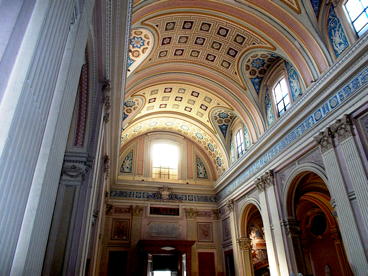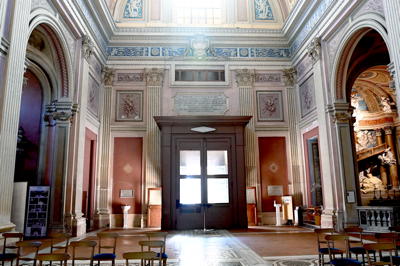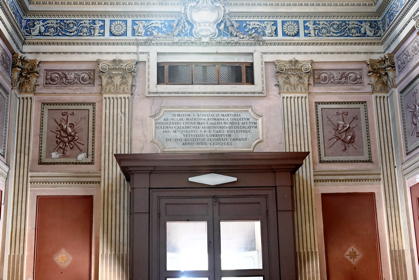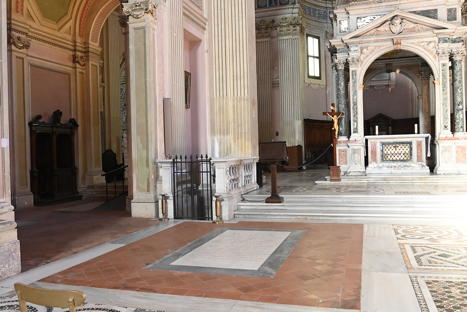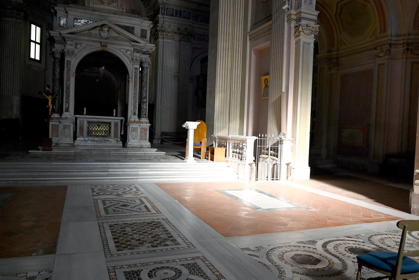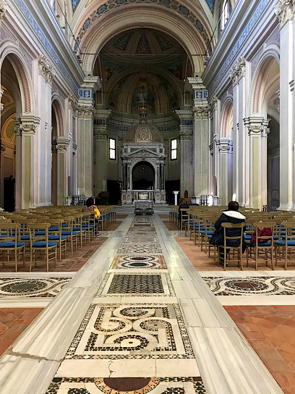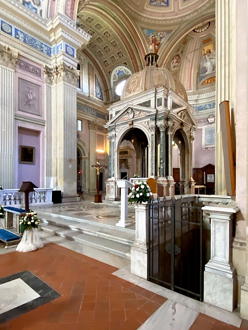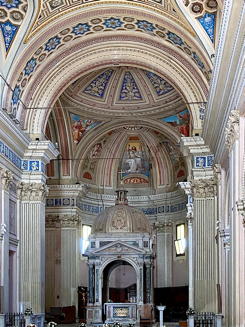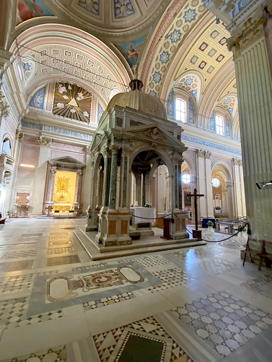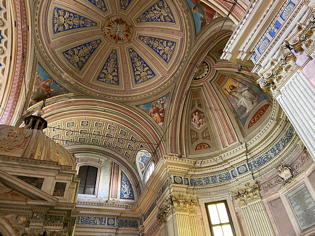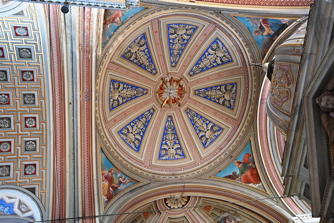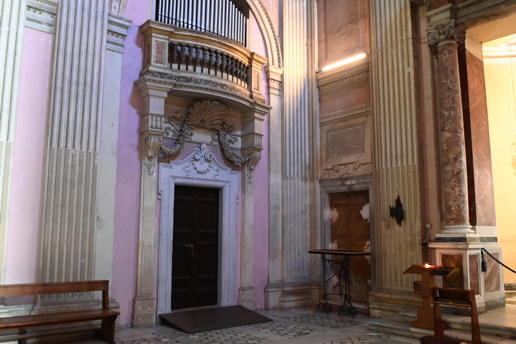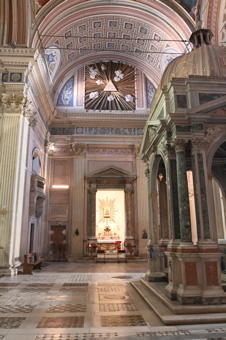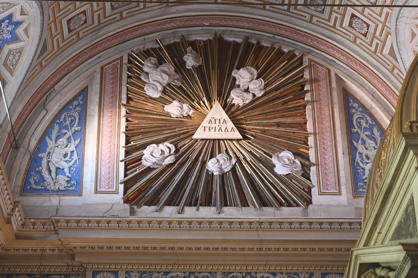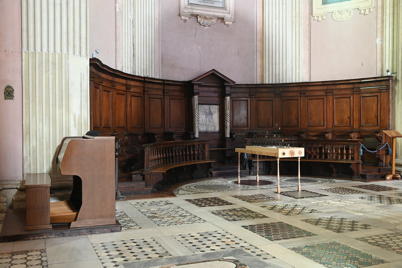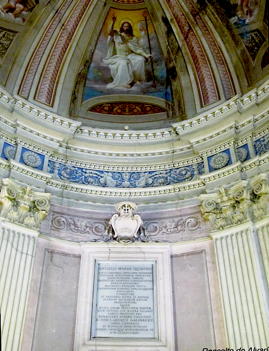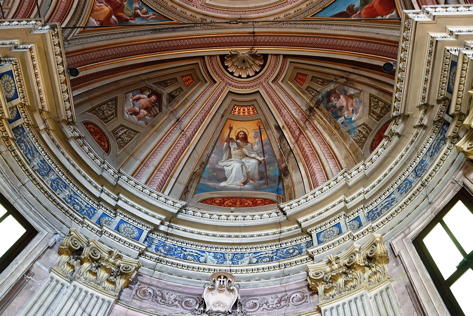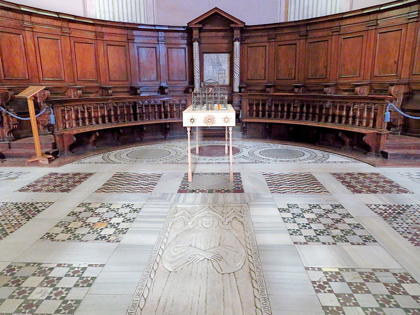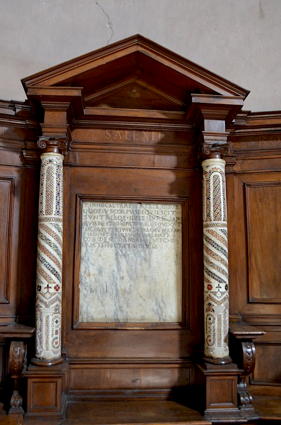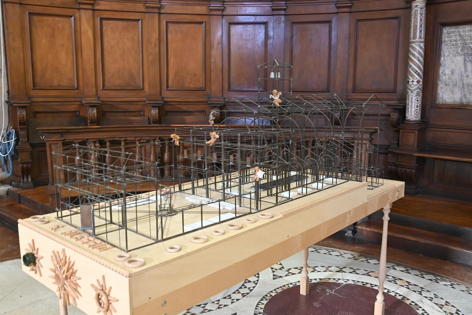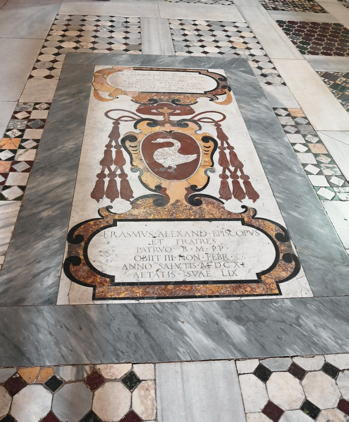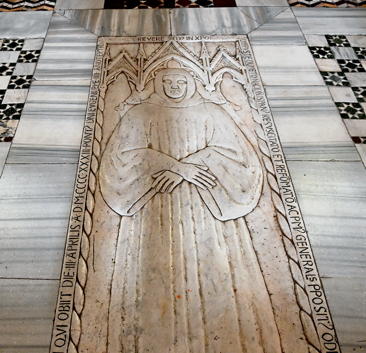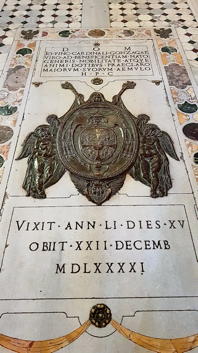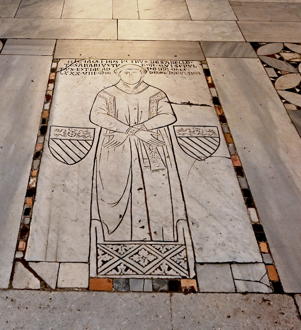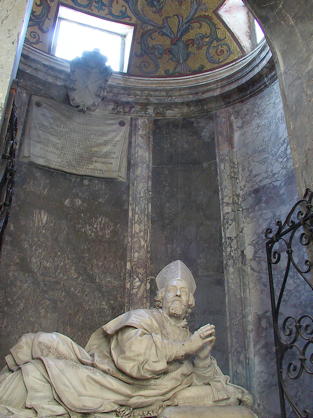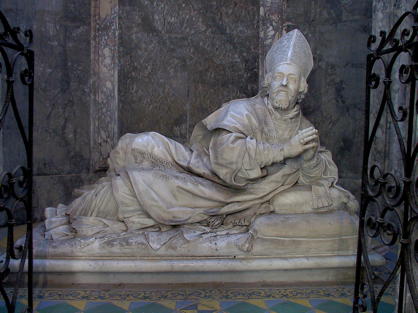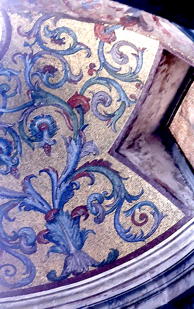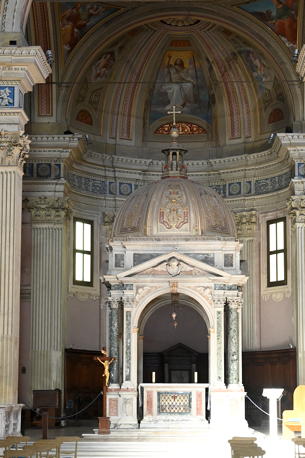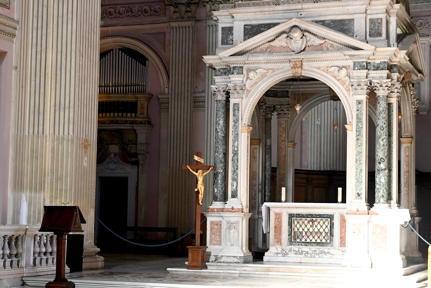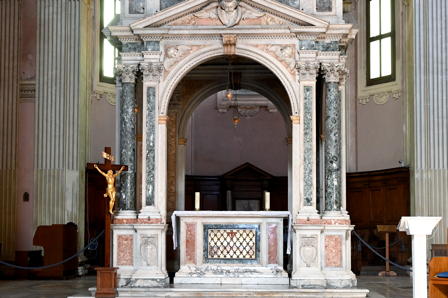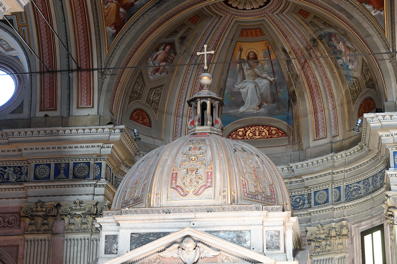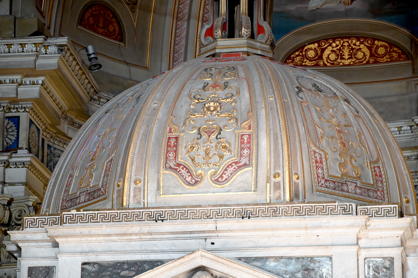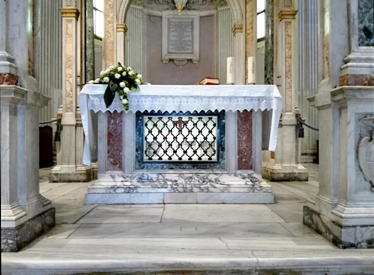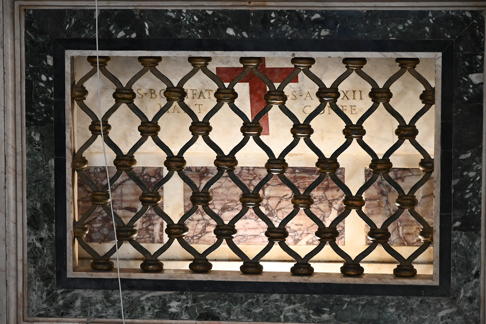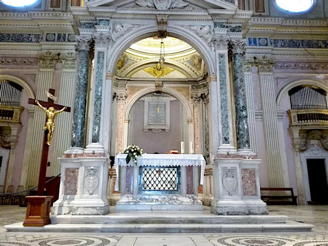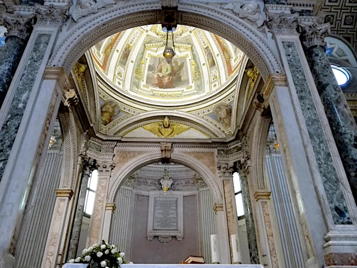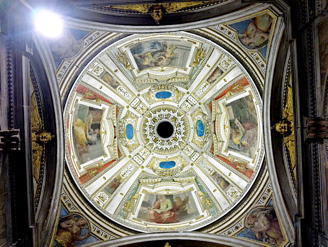The
Basilica dei Santi Bonifacio e(d) Alessio all'Aventino is a heavily remodeled early 13th century monastic and titular church on the western point of the Aventine Hill, in rione Ripa (XII). It is also known as Sant'Alessio all'Aventino. The dedication is jointly to
St Boniface of Tarsus and
St Alexis.
For reference, a plan of the church is available
here.
The foundation of the church is not documented, but scholarly consensus posits a date in the 4th century. The first direct evidence for the church's existence is from the
Liber Pontificalis for Leo III (750-816) where it is described as a diaconia or center for social and charitable works.
The monastery emerged into history in 975 when Pope Benedict VII awarded the nobler title of Basilica, then in 977 entrusted the church to a community of Basilian monks, who had taken refuge in Rome together with Archbishop Sergius of Damascus, forced by the Saracens to flee from his city. Sergius brought with him the Madonna which, according to tradition, was venerated by St. Alexius when he was in Edessa.
In the early 11th century they were replaced by Benedictines from Cluny Abbey.They were dispossessed and replaced by Premonstratensian canons in 1231.
Meanwhile, the complex was entirely reconstructed by Pope Honorius III in 1217, when the bodies of Sts Alexius and Boniface were discovered and placed under the high altar.
In 1426 the Premonstratensians were replaced by the "Hermits of St Jerome of the Observance", otherwise known as the Hieronomytes (Gerolimini) of Lombardy. They were responsible for the restorations of 1431 and 1582.
To celebrate the Holy Year of 1750, the Hieronymite brethren embarked on a huge project of restoration which turned the church into the Baroque edifice that it now is. The plan was by
Giovanni Battista Nolli, the execution by
Tommaso de Marchis and the person who paid for it was
Cardinal Angelo Maria Quirini.
In 1800 the French suppressed the convents. In 1810 the convent bacame the property of the king of Spain, Charles IV, who came to Rome with his wife Louisa of Parma, living in Palazzo Barberini and preferring to use the convent as a summer residence. In 1814 Charles IV retured the convent to the Hieronymites, who remained there until 1846. In 1846 the Somaschi Fathers (Order of Clerics Regular of Somasca) were installed in the church, and as a result further alterations were carried out between 1852 and 1860. However, the monastery was confiscated by the Kingdom of Italy in 1873. There have been further restorations in 1908, 1912 and at the end of the 20th century.
The church has its very own church choir,
Coro dell'Aventino, which performs in several churches in Rome.
The church has been titular since 1587, and at present the cardinal is
Paulo Cezar Costa from Brazil (2022).
